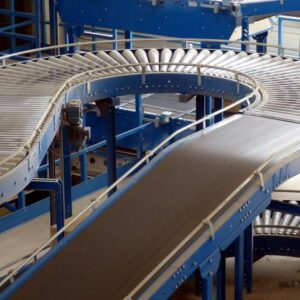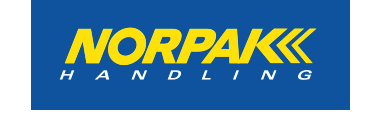 Norpak conveyor rollers and the information required to order them
Norpak conveyor rollers and the information required to order them
July 27, 2020 REDWIRE is news you can use from leading suppliers. Powered by FRASERS.
Posted by Norpak Handling Limited
Norpak Handling provides conveying products and complete turn-key systems to suit your requirements and solve your probl... Read more
Subscribe
Free REDWIRE e-newsletter

The Norpak team offers advice on replacing rollers.
Roller conveyors are ideal for many plant and warehouse environments, but conveyor rollers must be replaced every so often. Norpak Handling supplies an unmatched breadth of material-handling equipment, including rollers, with a variety of constructions and options available for diverse applications. Customers should take several steps into consideration before ordering replacement rollers, in order to save time and get the right choice. The Norpak crew offers the following advice.
Two main bearing types
The first step in purchasing new rollers is to determine the best source. The Norpak Handling sales team can answer any questions, especially for customers unsure of the kinds of rollers they need. It is essential to describe the system being used and the relevant applications.
Even clients who know the kinds of conveyor rollers they require should have certain info ready to make the ordering process smoother. These details include: roller part number; width between frames; roller diameter; wall thickness; axle and sprocket size; and bearing type.
There are two main bearing types. Precision bearings are recommended for conveyor speeds higher than 400 revolutions per minute or for heavy loads. They use hardened ground balls, raceways, and ball retainers and are generally shielded and sealed. Non-precision bearings are preferable for moderate conveyor speeds and loads; they have hardened steel balls and raceways, but no ball retainers, and their outer races can be stamped or machined. In addition to these options, Norpak also offers open, shielded, or sealed bearings.
Another important criterion is whether conveyor rollers have pin- or spring-retained axles. The former have holes drilled in each end to accommodate cotter pins or hog rings, and they can be drilled for further pressure lubrication of the bearings. Spring-retained axles have two upsets or “dimples” that help to hold the axles in place between bearings; users find theses axles easy to insert and remove.
The Norpak team is perfectly willing to assist customers who do not have all of the above information. These are experienced, knowledgeable professionals who can help clients troubleshoot their conveyor-roller needs and find the correct solutions.
To learn more, contact Norpak.
Share
Posted by Norpak Handling Limited
Norpak Handling provides conveying products and complete turn-key systems to suit your requirements and solve your probl... Read more
